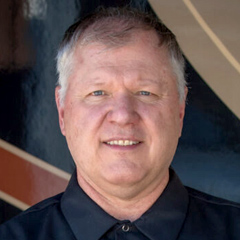
Using a 50 Amp RV Electrical System
Dave SolbergRV electrical systems bring power inside the unit from an outside source. This includes power being supplied by an onboard or portable generator, as well as grounded city and campground sources. Your RV electrical systems will typically have a power cord commonly referred to as a “shoreline” cord on the outside of the unit, where you can easily connect the outside power source to your RV.
This gives you the power you need to fuel all of your appliances and gadgets during your stay at a campground. Larger units with two roof air conditioners and an abundance of appliances require more power and can be outfitted with a 50 amp distribution center. In this quick lesson, RV expert Dave Solberg runs you through a breakdown of the standard RV electrical systems you’ll encounter on your travels of this beautiful country, explaining what you can expect when you hook up your fifth wheel vehicle.
An Overview of Common RV Electrical Systems
With Dave’s helpful overview, you’ll be able to navigate proper hookup and maintenance of any electrical system. He begins with the power cord, which is most commonly hardwired to the vehicle and stored in the service center. However, some models feature a quick connect that simply plugs into a campground source or storage facility and twists to a locking ring on the side of the coach. Dave shows you how to connect your quick connect, if this is the option your vehicle carries.
With a 50 amp service, you should have enough power to run both of the roof air conditioners – front and back – and other appliances in the RV. Understanding the power requirements of your RV is critical to proper energy management. Older roof air conditioners can draw up to 18 amps at maximum capacity. Newer, more efficient models draw approximately 14 amps.
Some campground electrical sources and storage facilities may only have access to 30-amp power. This will offer limited power capabilities to operate the RV electrical systems, thus it’s likely that you’ll only be able to run one roof air conditioner at a time. If you have a 50 amp shoreline cord, you will need to utilize a reducer and limit your appliance usage. This can be good for keeping batteries charged when your RV is in storage.
Once connected, the power will flow into your vehicle’s distribution center, which houses all of the circuit breakers for the microwave, both air conditioning units and any other appliance or gadget in the RV that runs on electricity. This is the hub of all RV electrical systems, and it’s important that you know what you’re looking at when you open this up.
Dave also emphasizes the importance of making sure that you shut off the power to your RV before connecting and disconnecting from an outside power source. If you don’t, you’ll likely experience arcs of electricity, which over time can tarnish the probes and lead to melted plugs and loss of power at inopportune times. If connected correctly, you will have plenty of power to operate all of the electrical components on your RV. Take advantage of Dave’s handy hints for well maintained RV electrical systems, and you won’t run into any surprises while you’re out on the road!
Share tips, start a discussion or ask one of our experts or other students a question.
Already a member? Sign in
5 Responses to “Using a 50 Amp RV Electrical System”
Explore videos by Dave Solberg
You may be interested in
Premium Membership
Unlock exclusive member content from our industry experts.
- 24/7 Access to Premium RV Maintenance Videos, Travel Inspiration, and Lifestyle Tips
- Step-by-Step Instructional Demos, Projects, and Guides
- 50% Off Video Downloads Purchased in the RV Lifestyle & Repair Shop
- Access to Ask the Expert Program
Unlock exclusive member content from our industry experts.
- 24/7 Access to Premium RV Maintenance Videos, Travel Inspiration, and Lifestyle Tips
- Step-by-Step Instructional Demos, Projects, and Guides
- 2 Full-Length Video Downloads to Watch Offline
- 50% Off Video Downloads Purchased in the RV Lifestyle & Repair Shop
- Access to Ask the Expert Program
Gold Membership
$333 Value
Get everything included in Premium plus exclusive Gold Membership benefits.
- 24/7 Access to Premium RV Maintenance Videos, Travel Inspiration, and Lifestyle Tips
- Step-by-Step Instructional Demos, Projects, and Guides
- 9 Full-Length Video Downloads to Watch Offline
- 2 Full-Length RV Repair Classes to Keep for Life
- Discounts on Purchase-to-Own Content in the RV Lifestyle & Repair Shop
- Access to Ask the Expert Program
- Exclusive GOLD LIVE Streaming Events
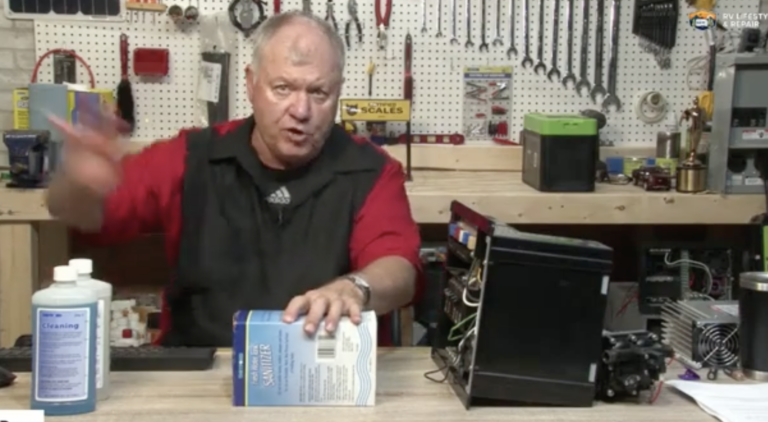
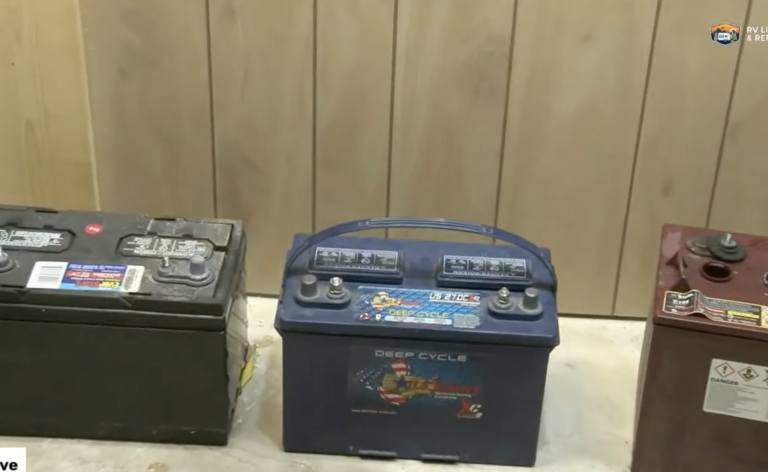
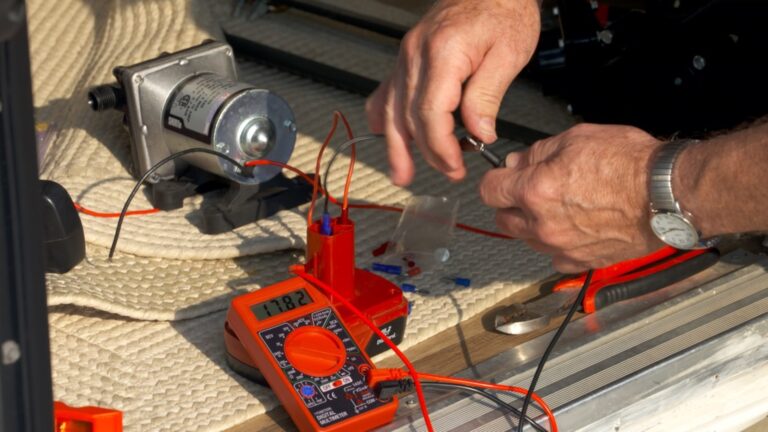
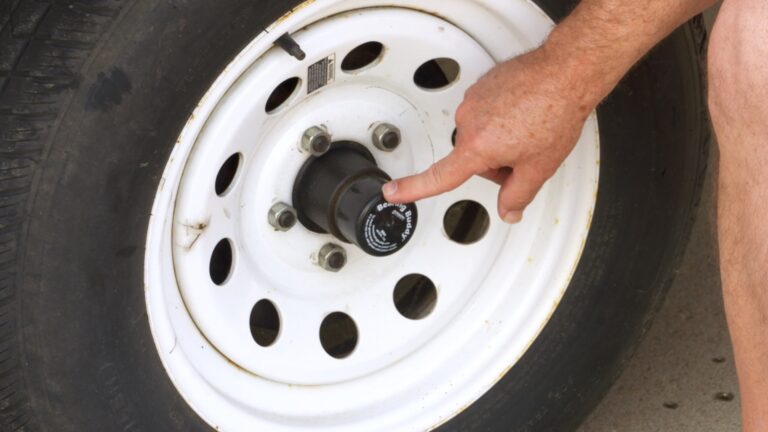
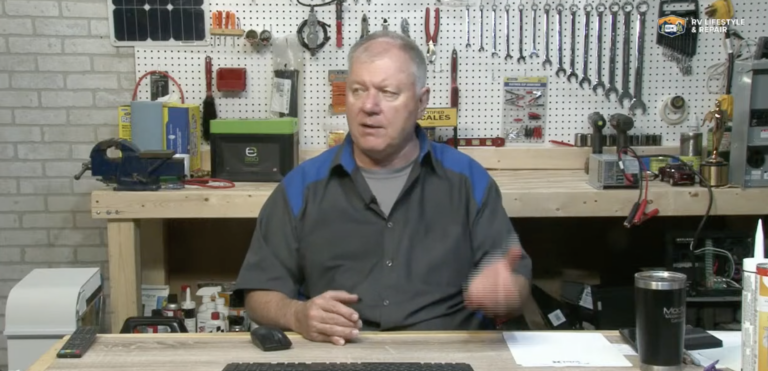
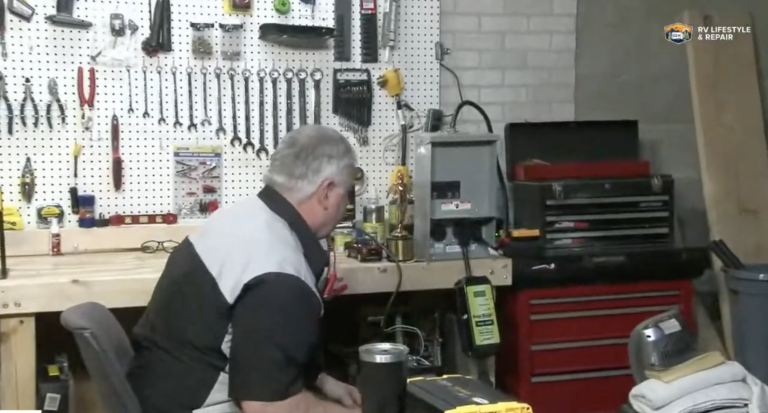

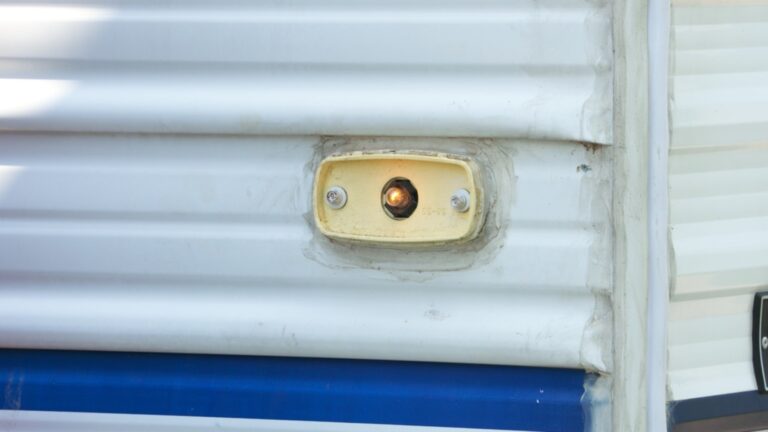
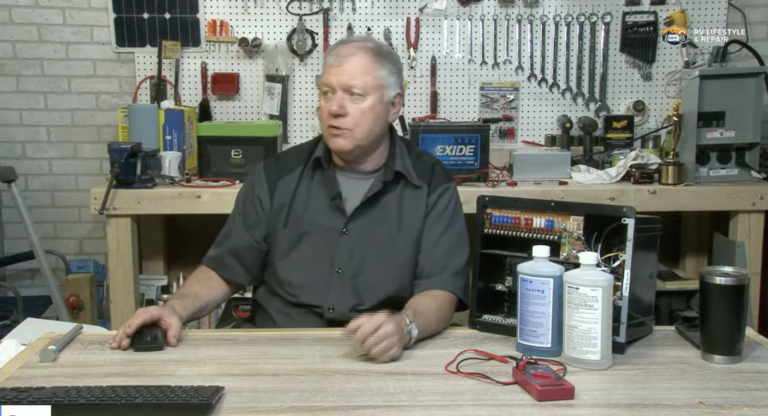

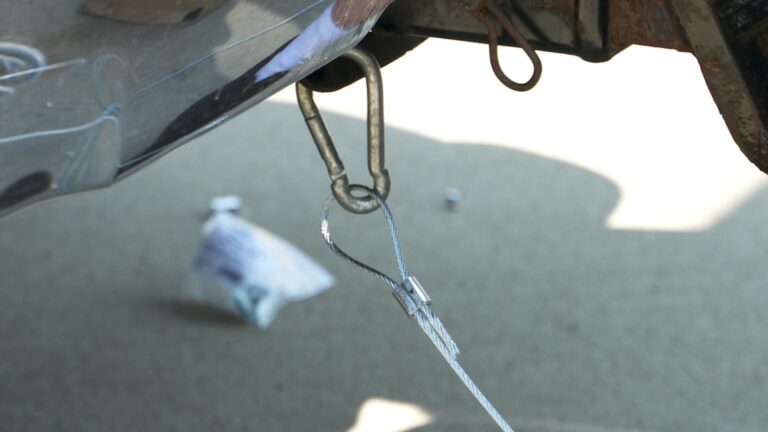
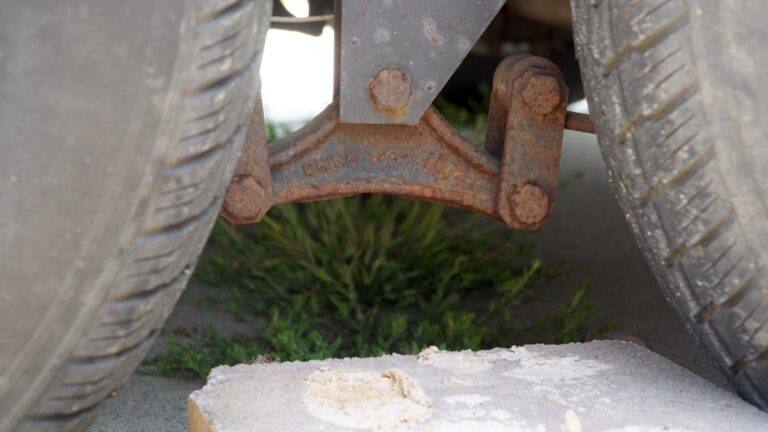

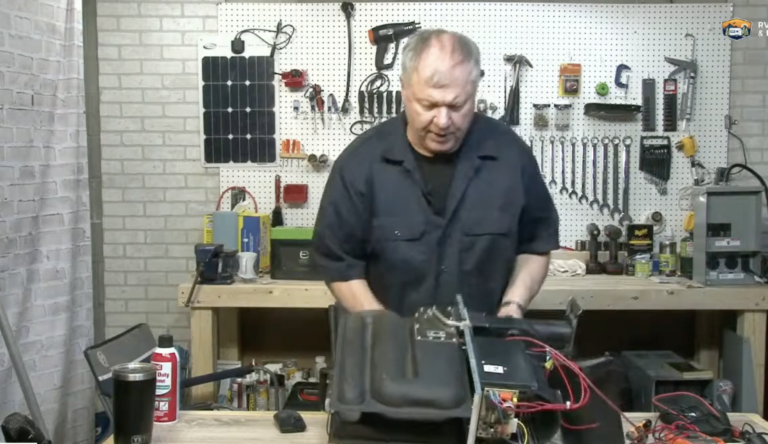

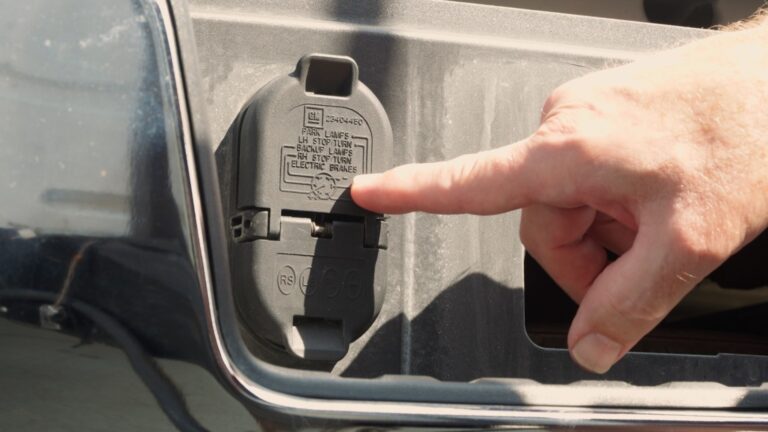
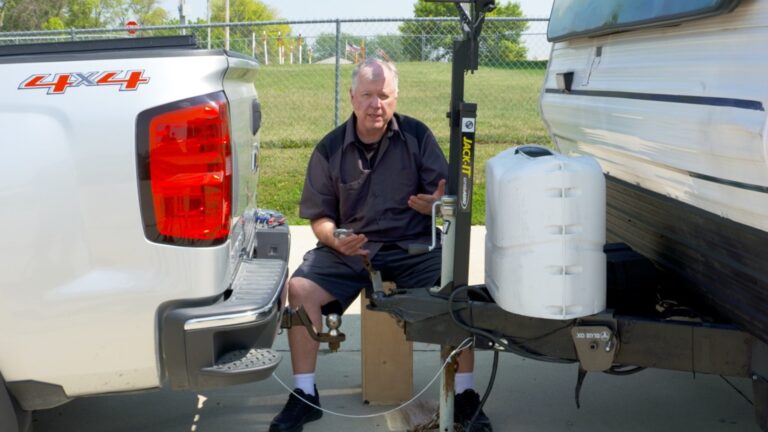
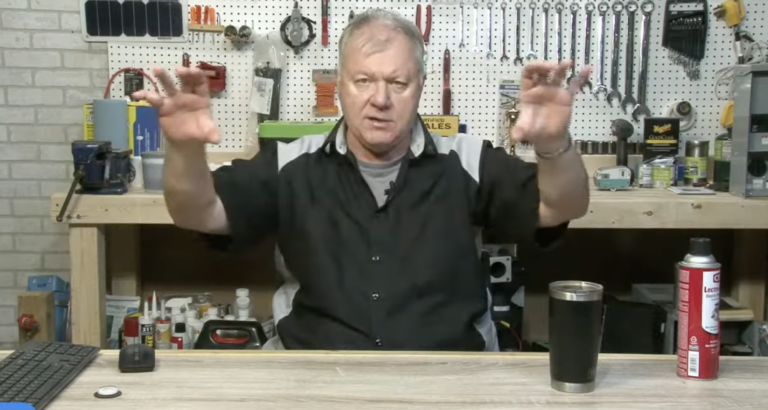

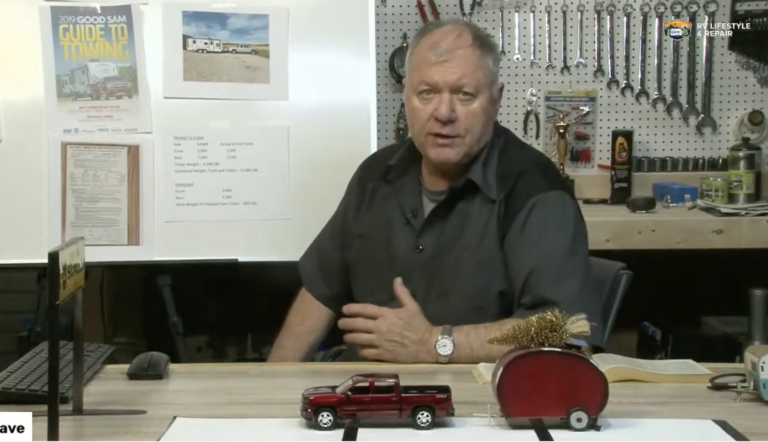
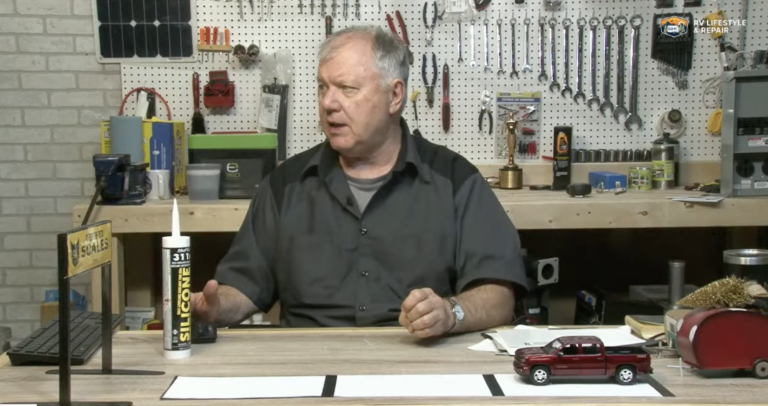
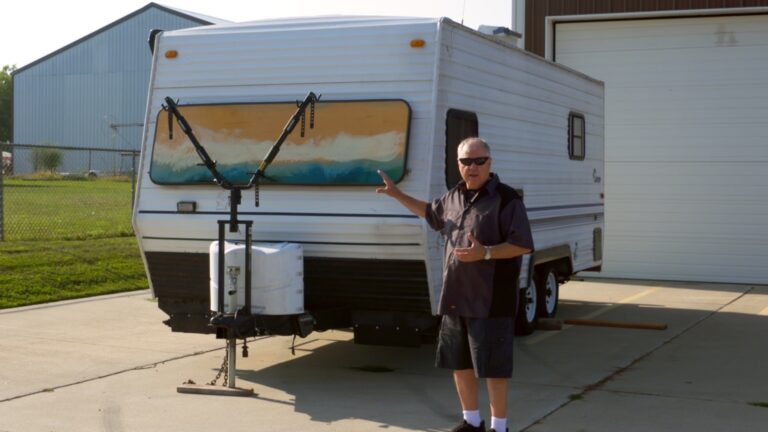

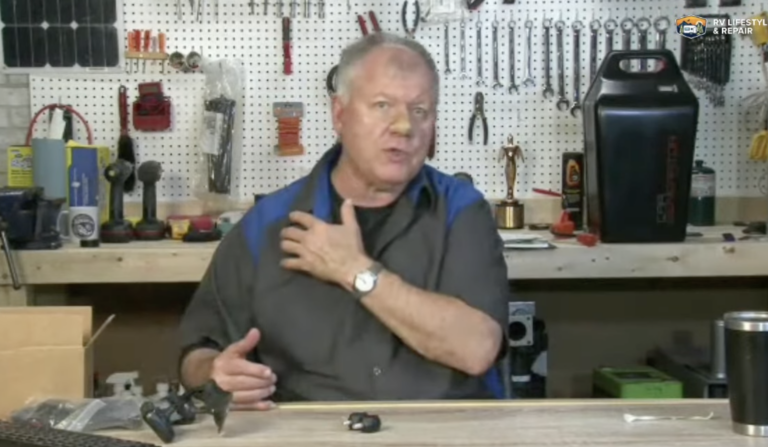
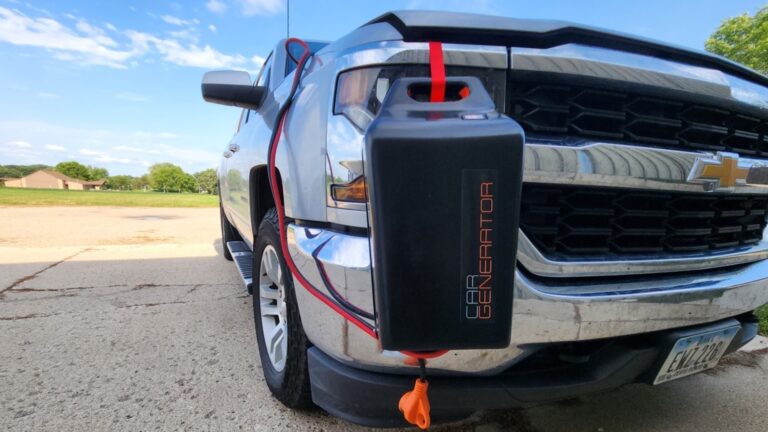

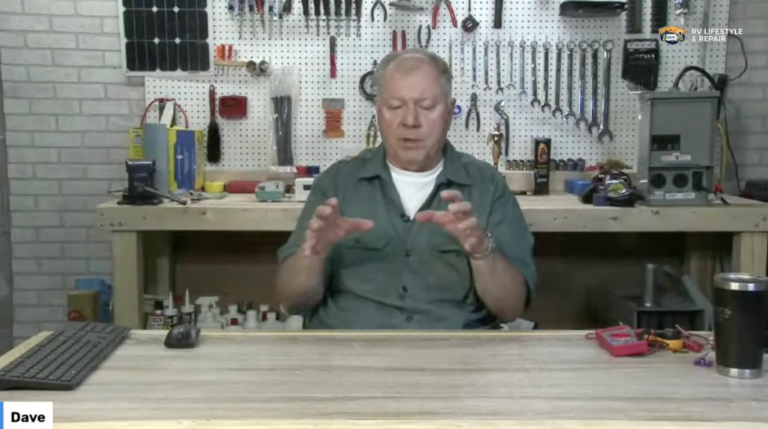
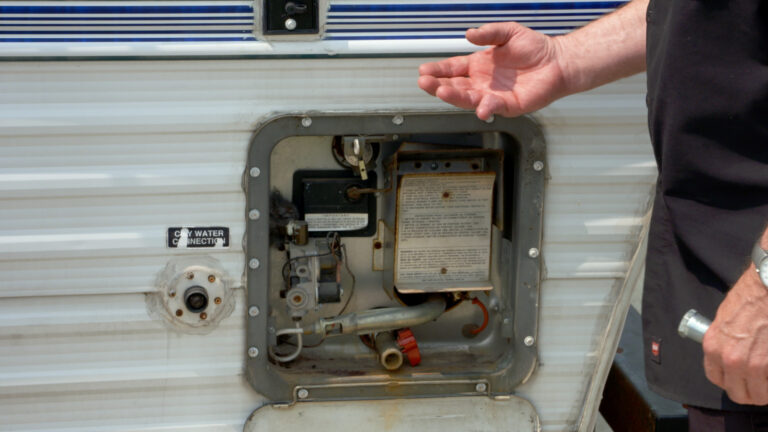
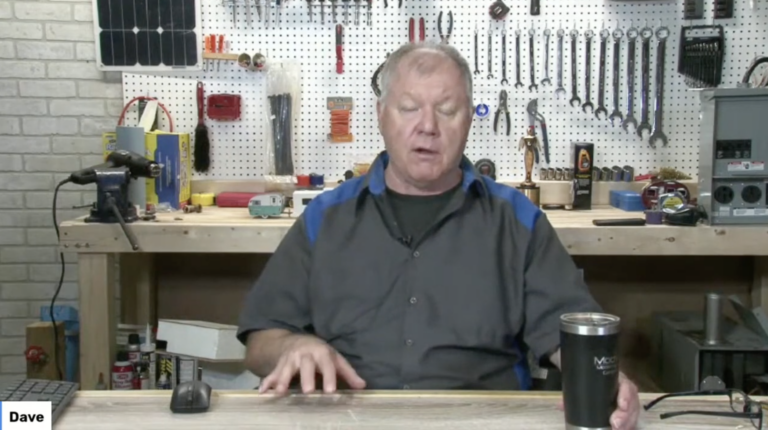
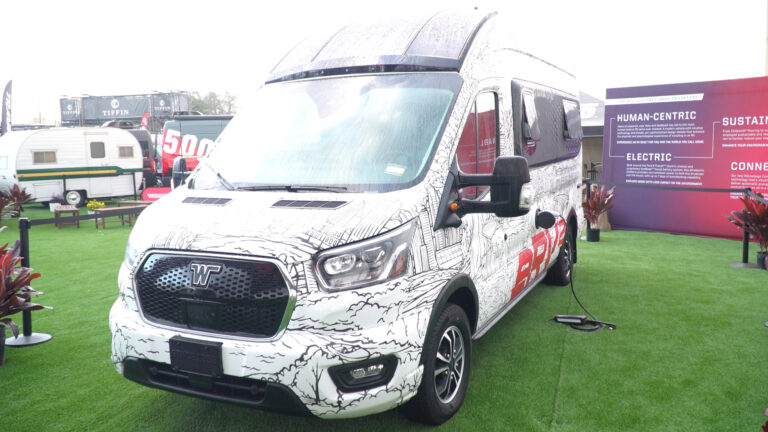


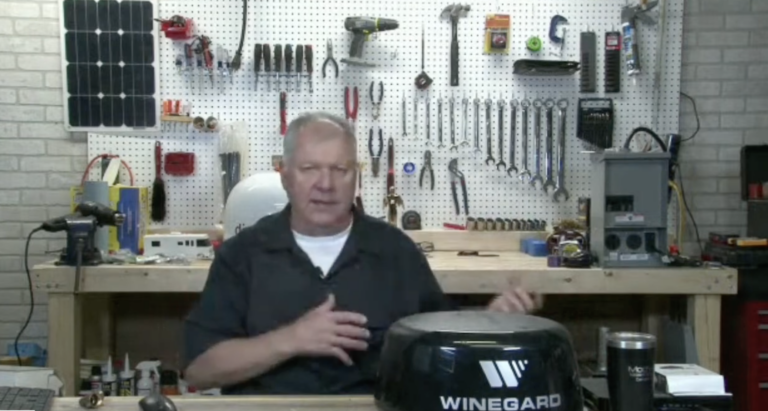
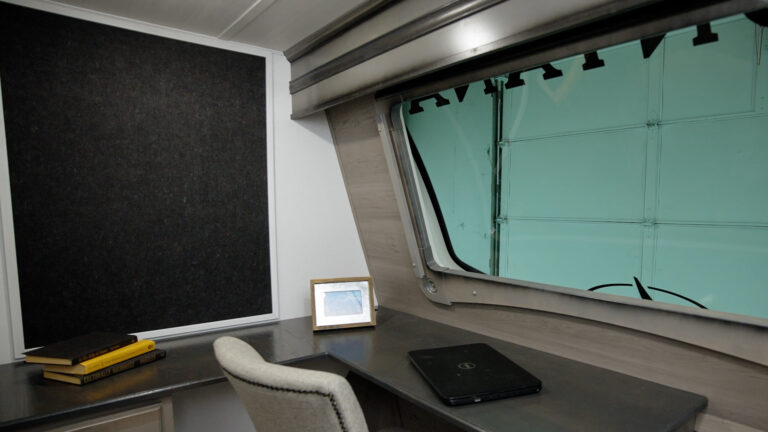

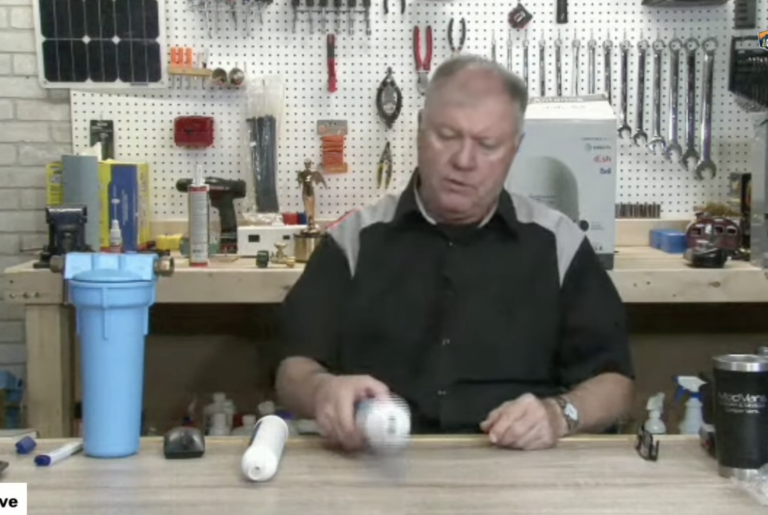
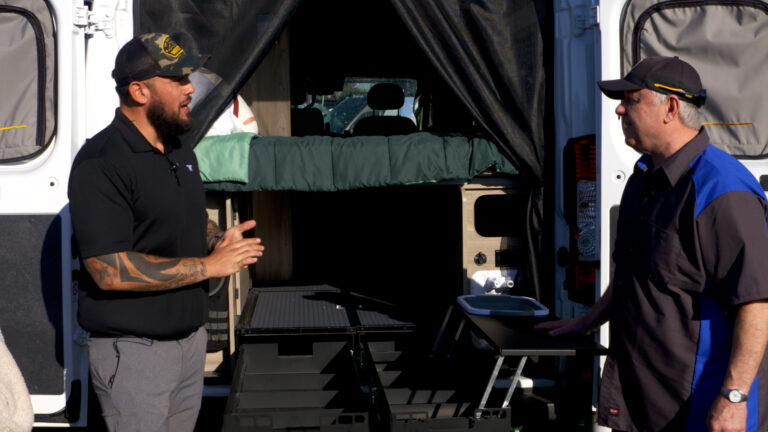
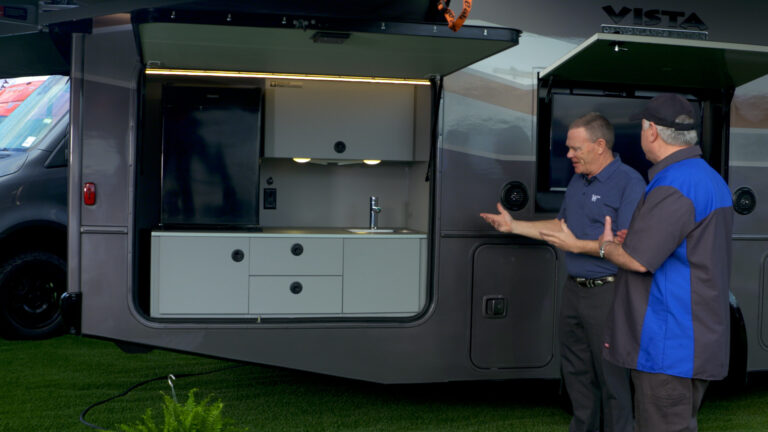
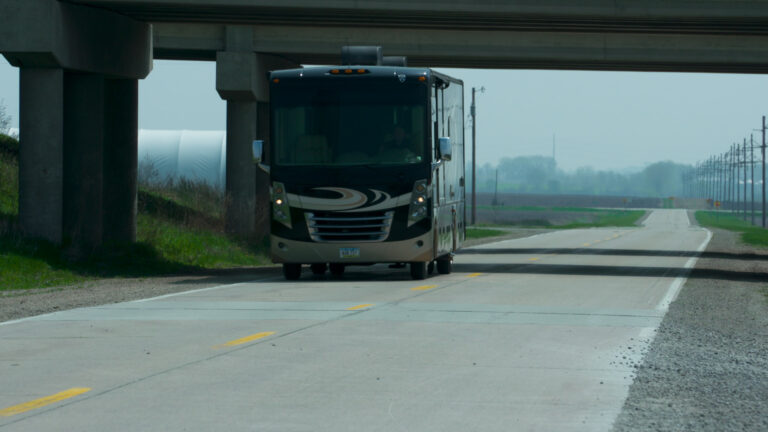

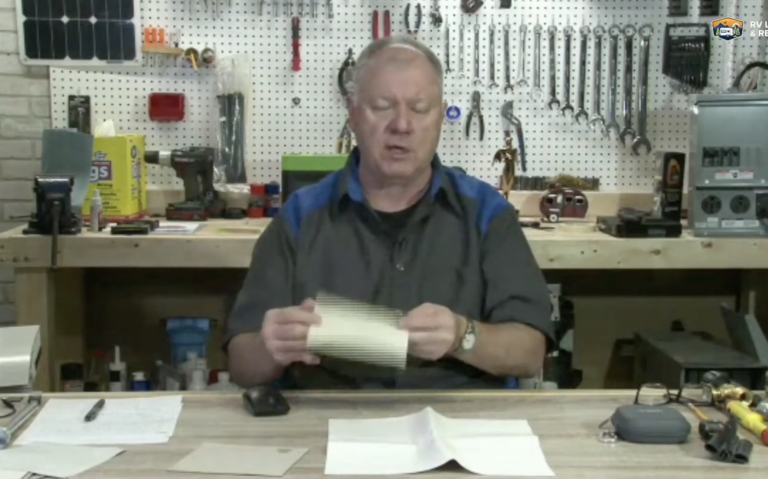
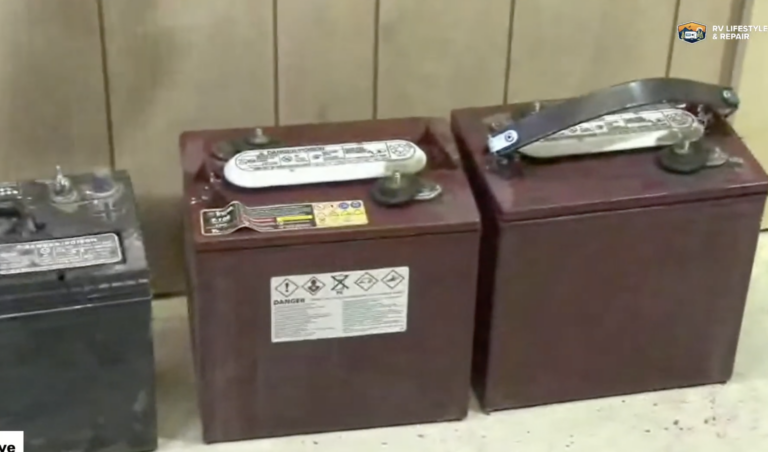
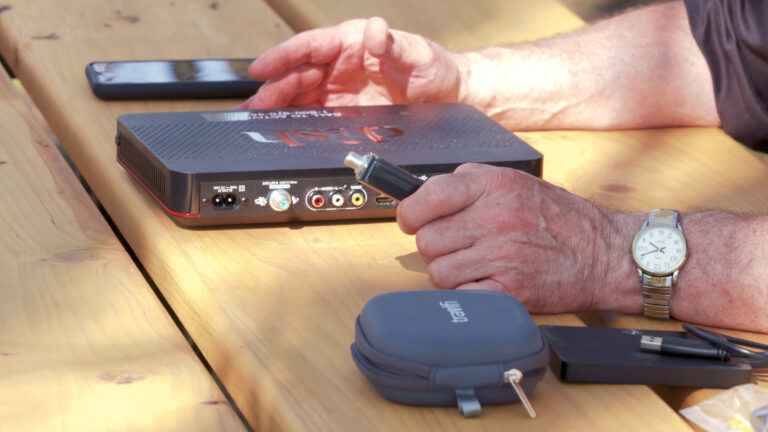
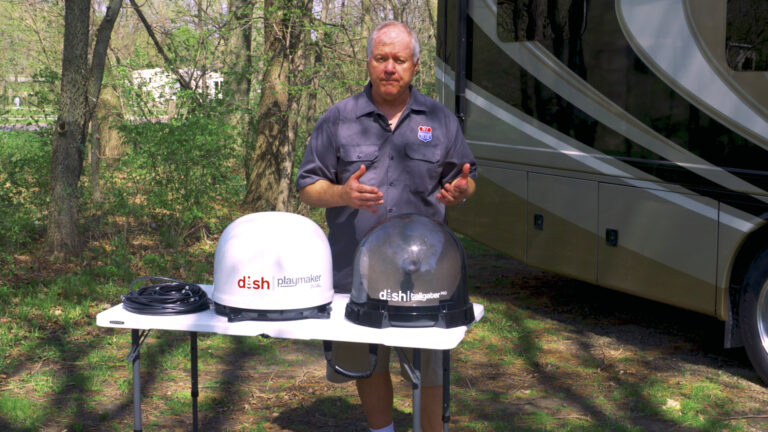
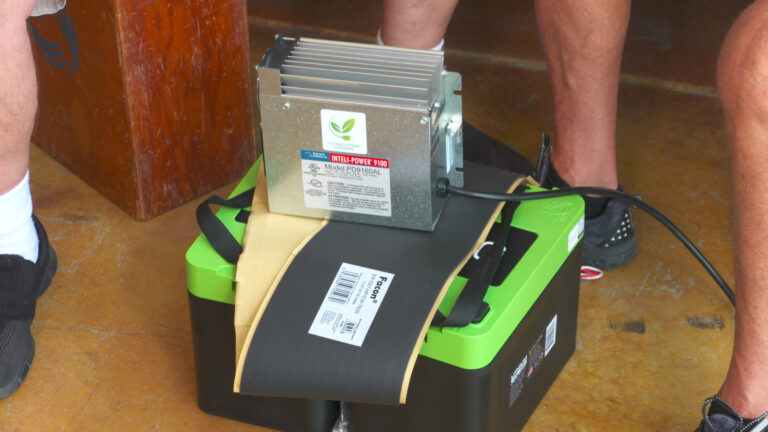

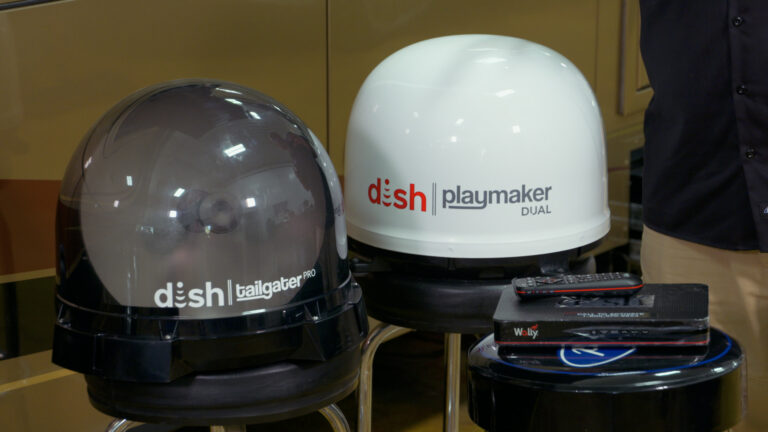

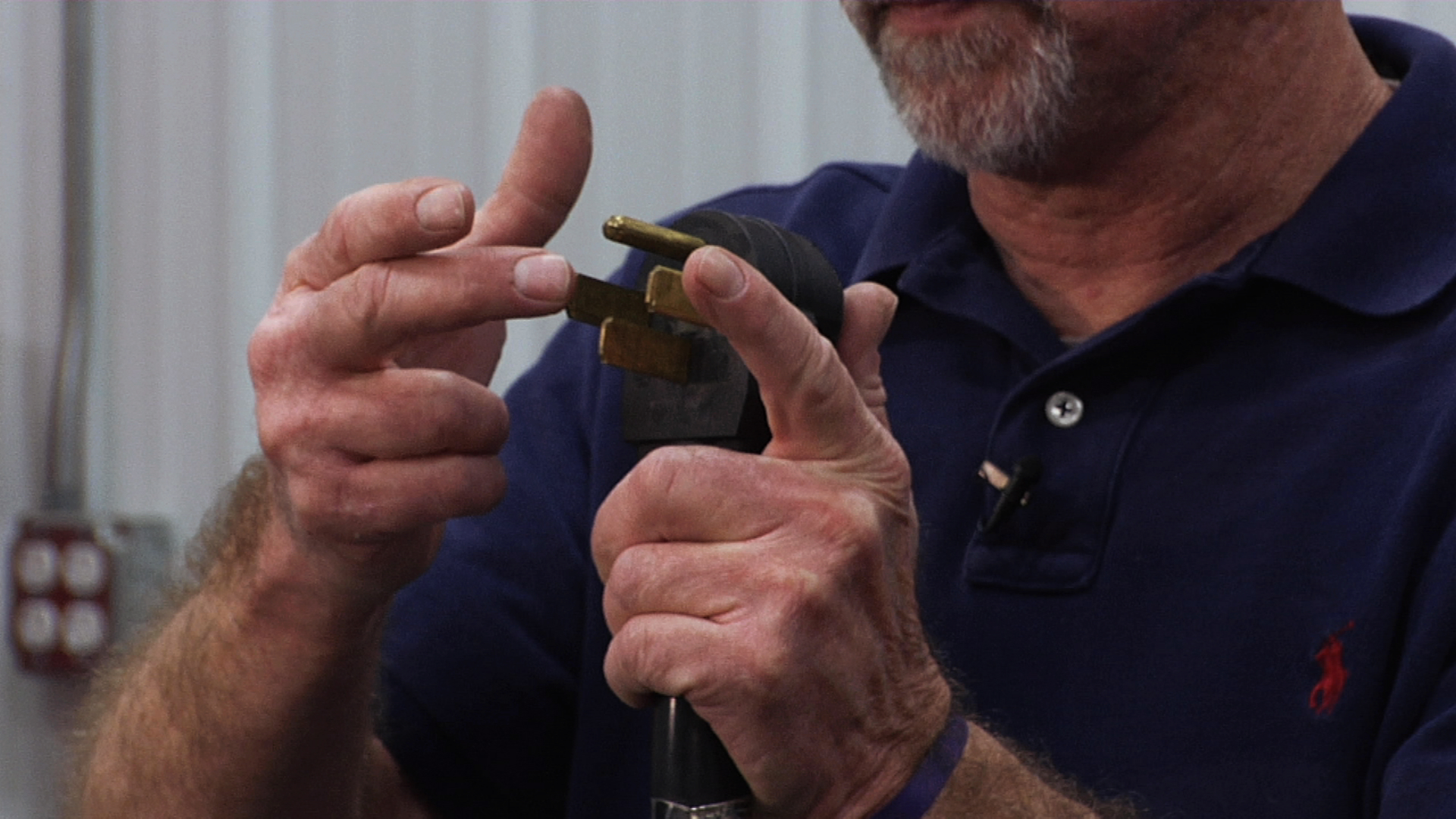
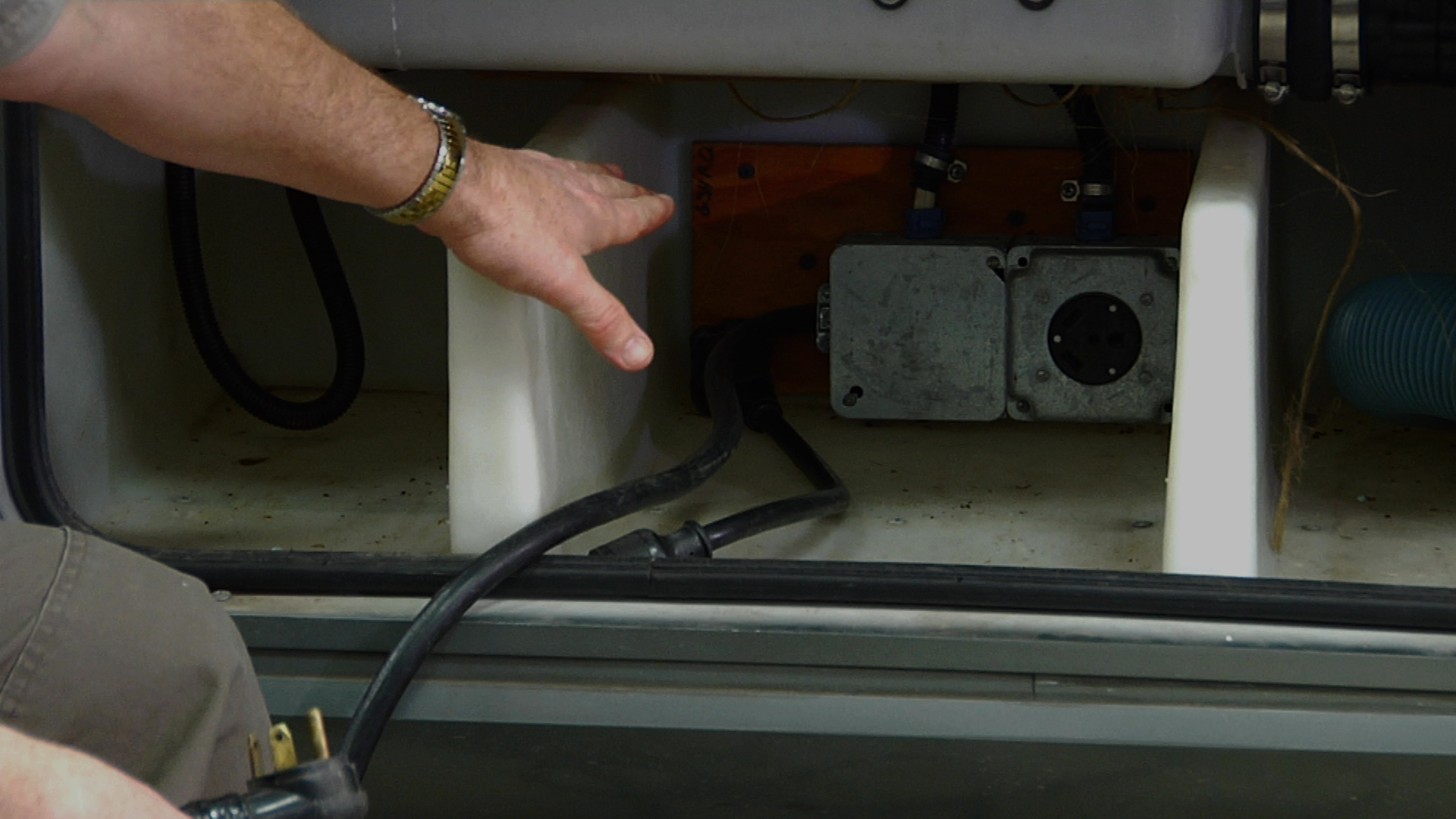
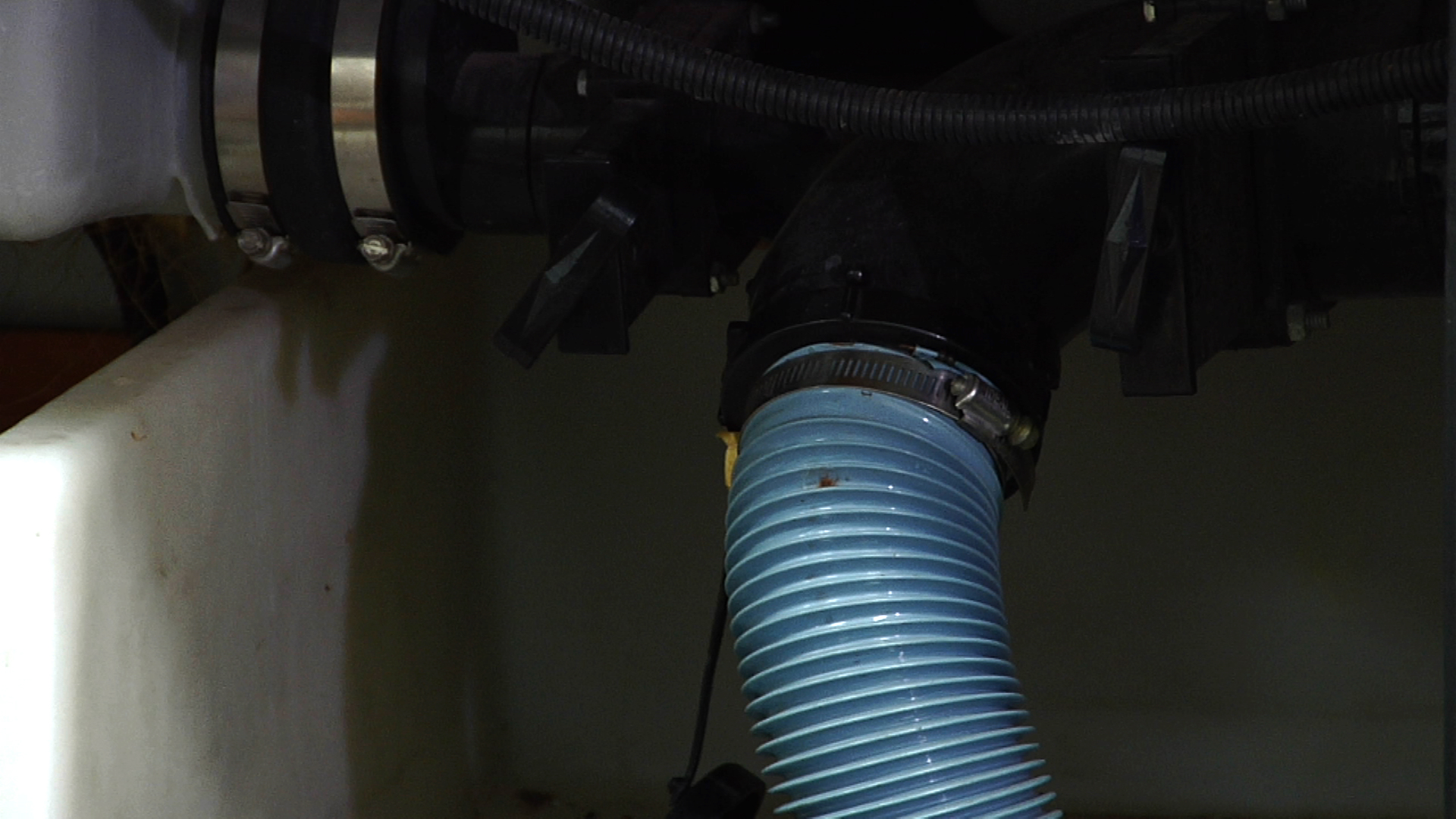
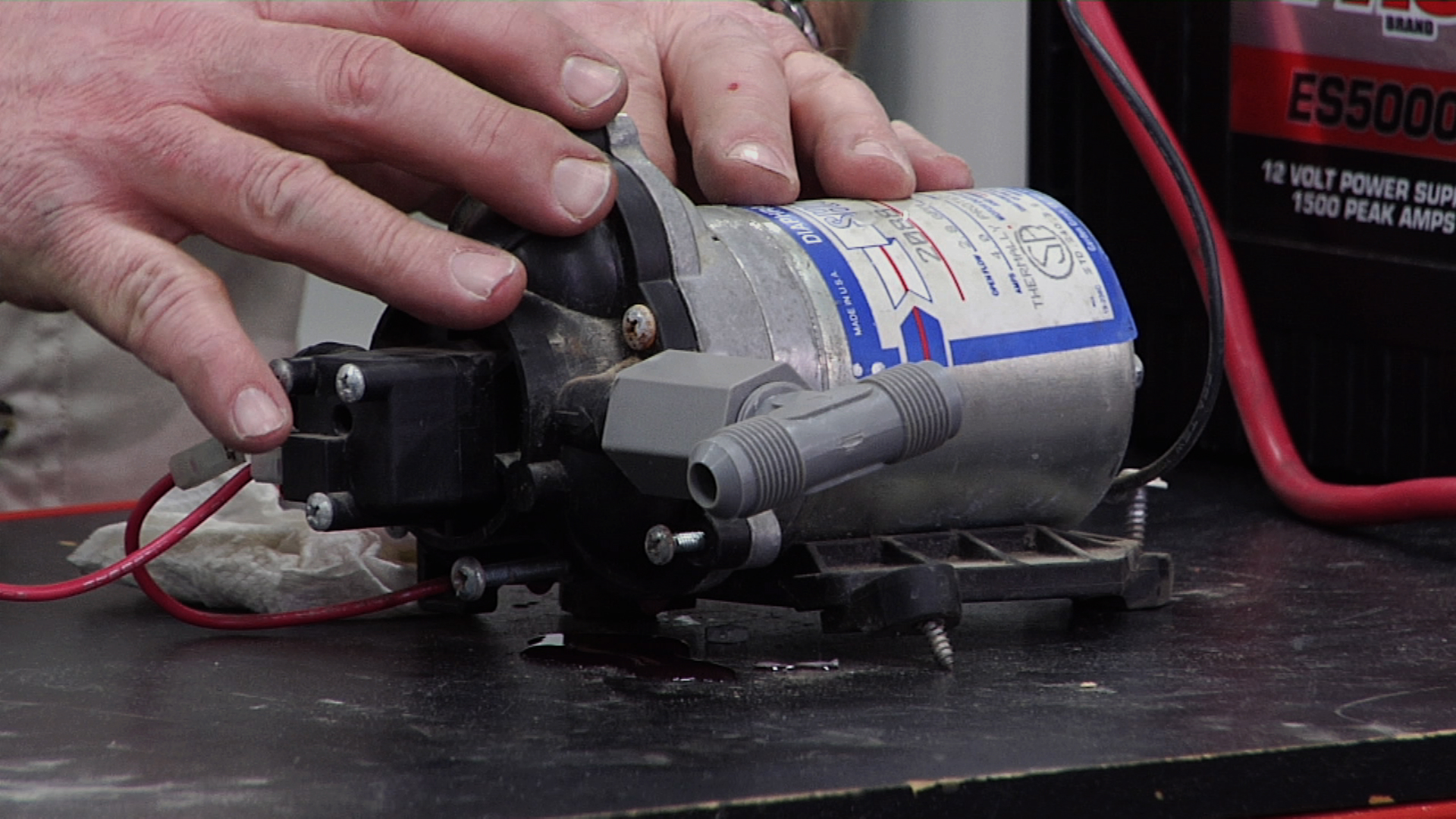
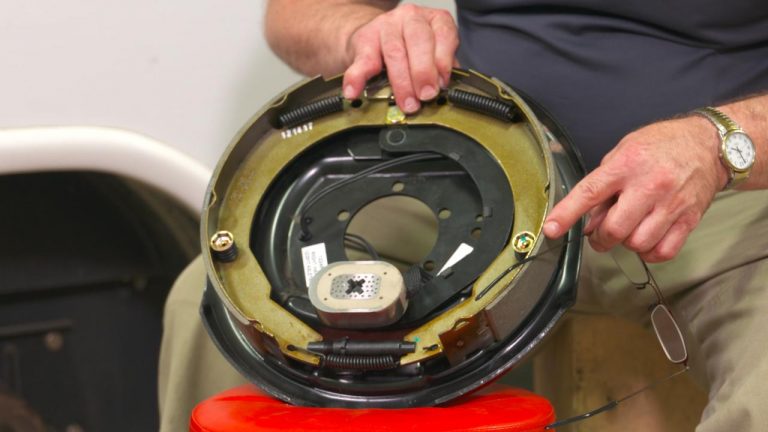
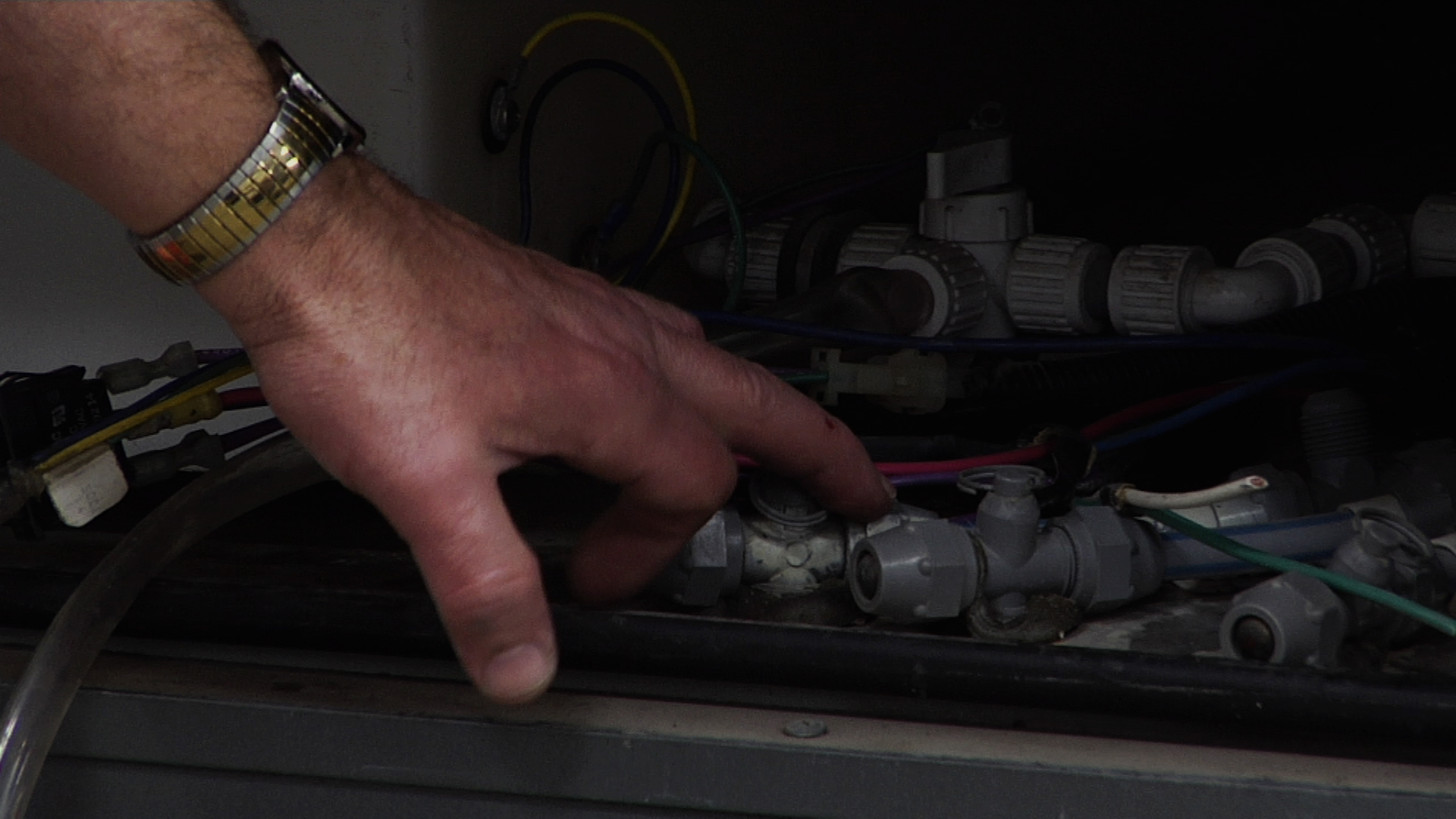





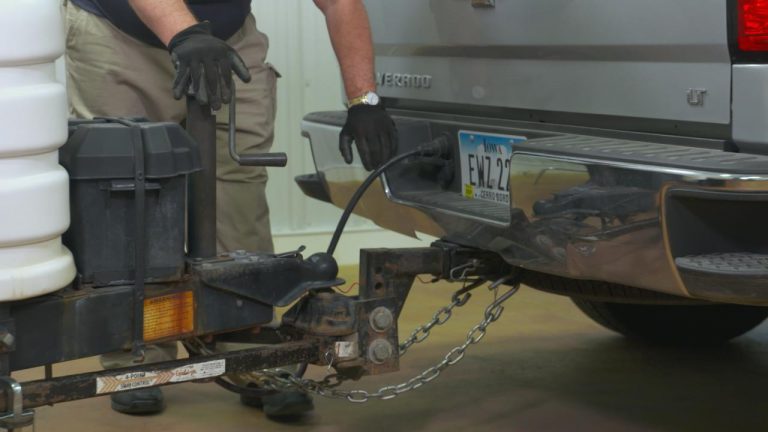
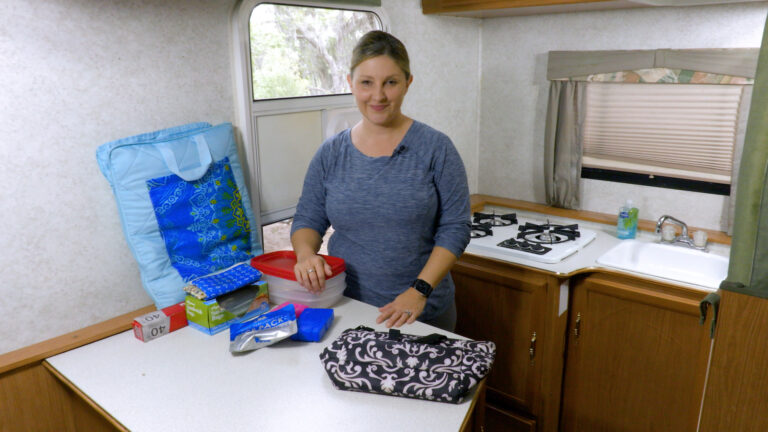
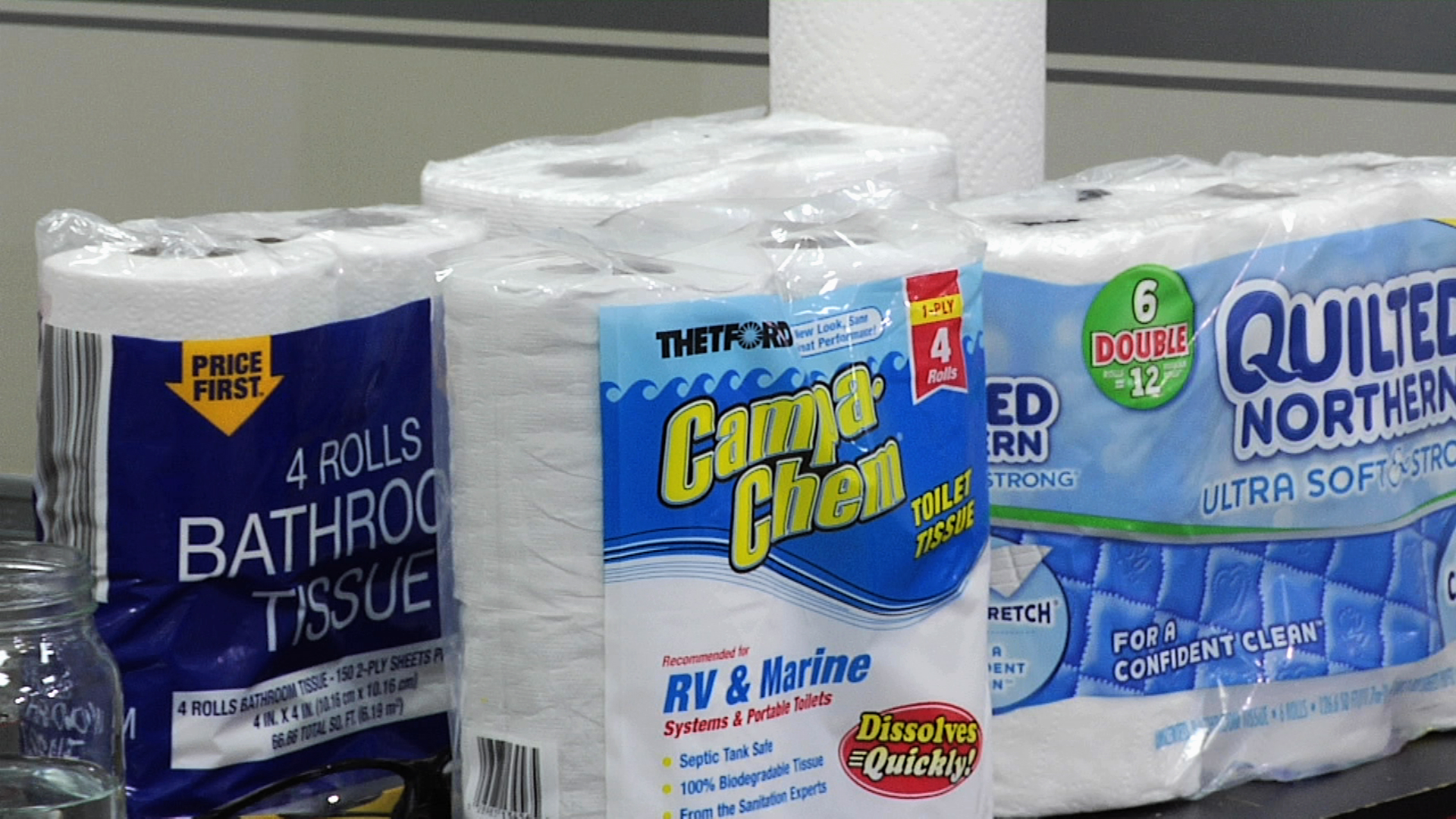
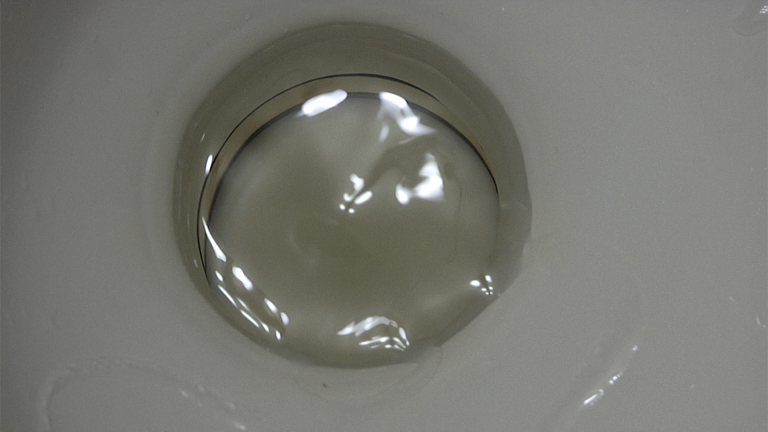
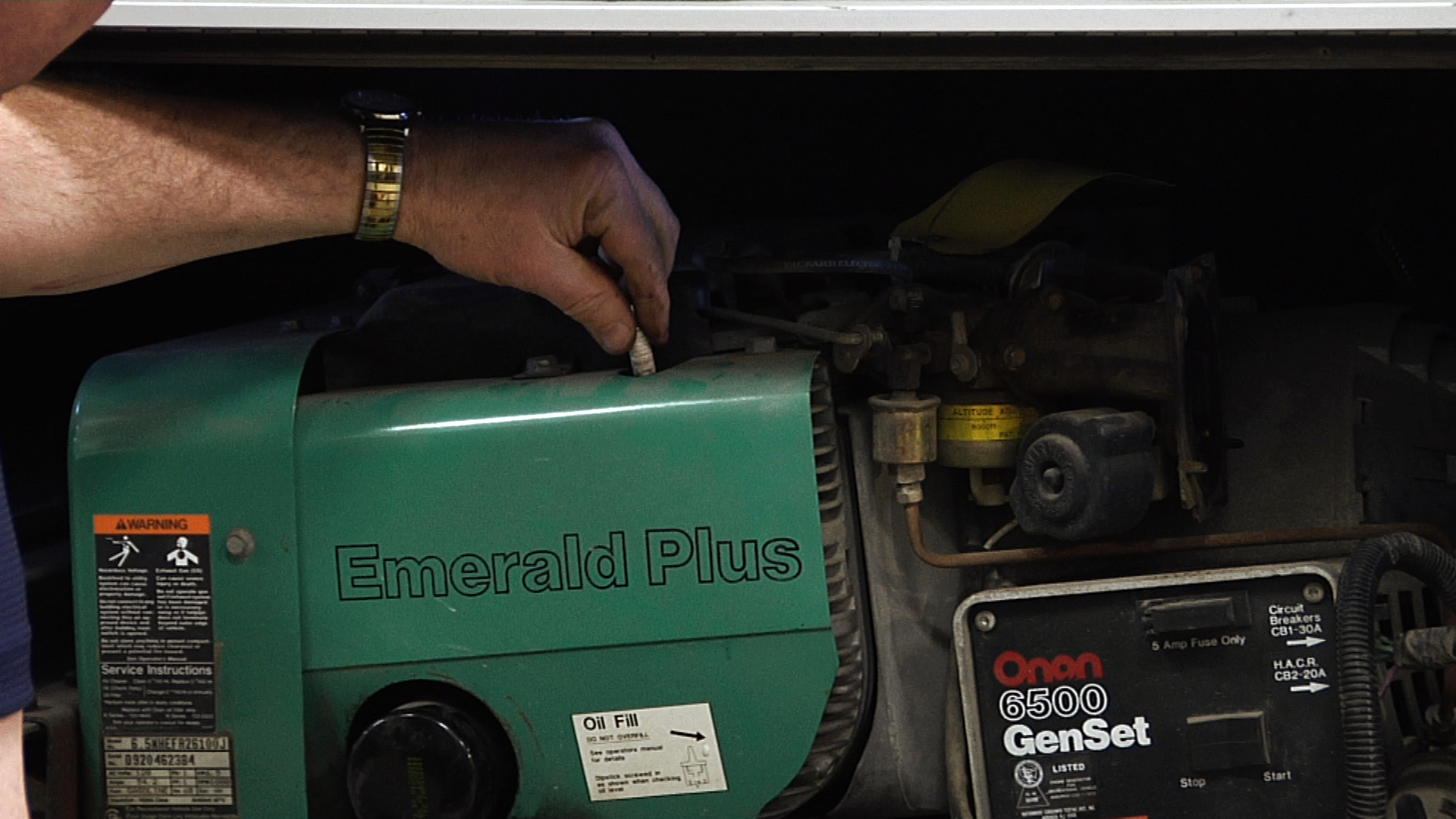
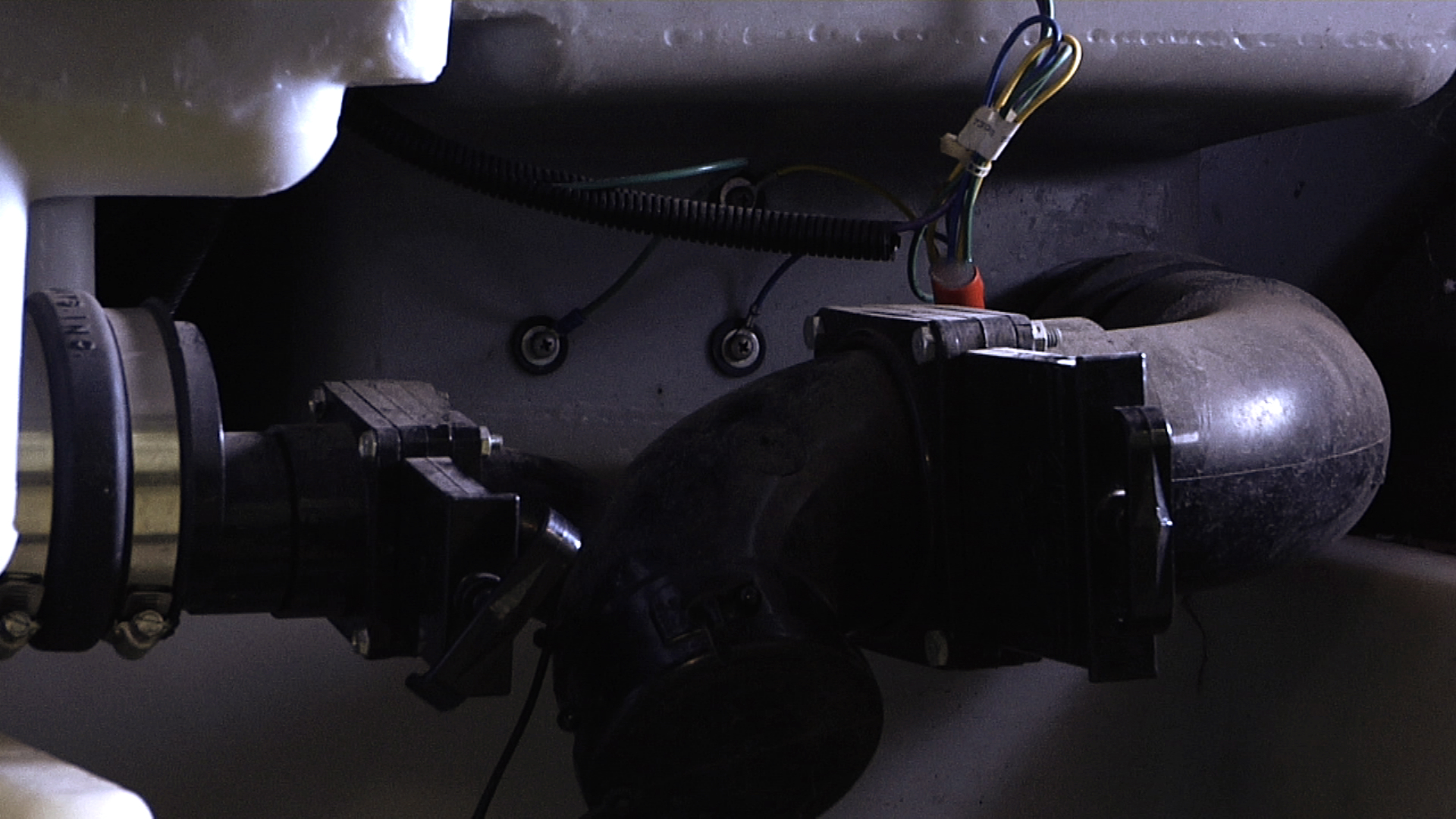


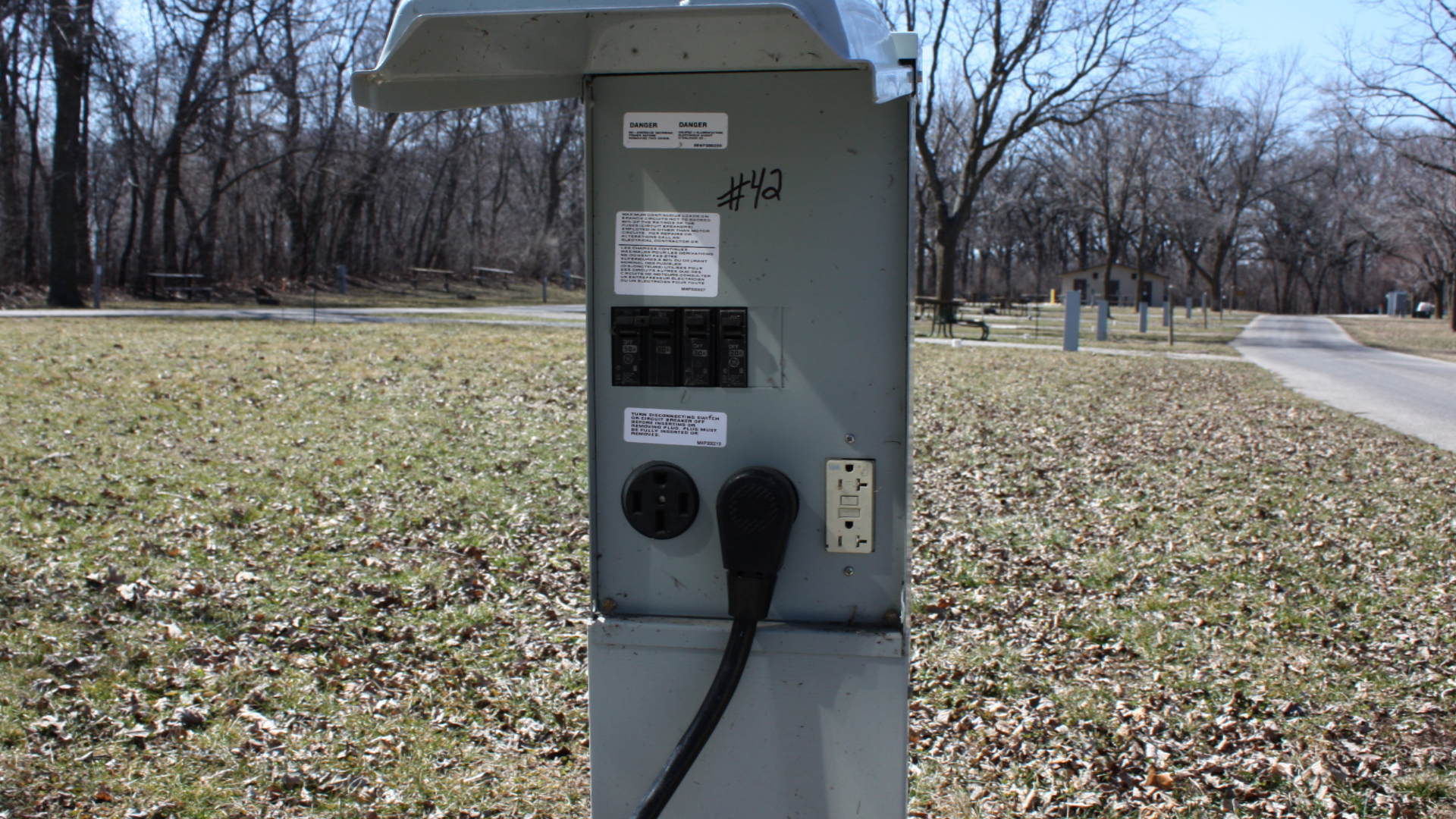

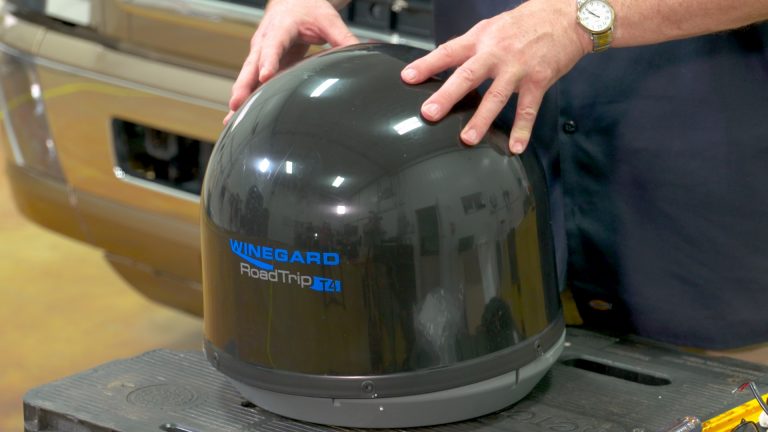
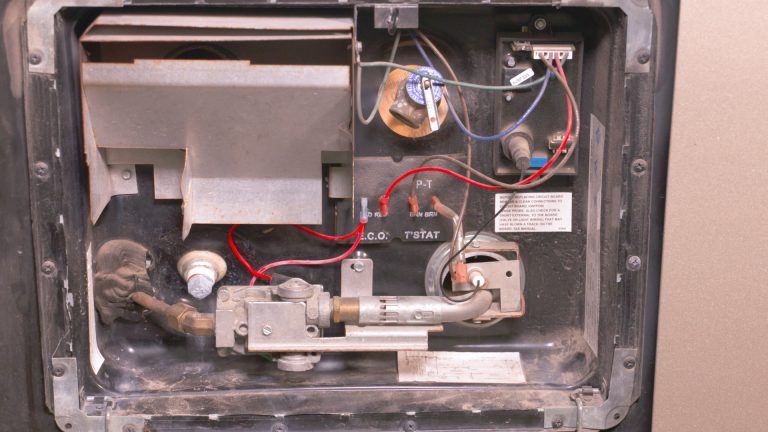
What does it mean if you’re 50 cord only one LED lights up
My 1993 rockwood prestuge 5th wheel has a 4 pronged power cord(shorline cord) but my space in a trailer park has a 3 pronged outlet to plug into. How does that work?
<strong> Ticket#17396 I need to replace the 50 amp Marinco inlet, due to the outlet having a burned connection, which also burned my cord connection. Can I replace the inlet from the outside of my 5th wheel, by removing the 4 screws on the inlet cover?
Worthless
some campgrounds only have a 50 amp hook up...and I have a 30amp shore line will it matter..